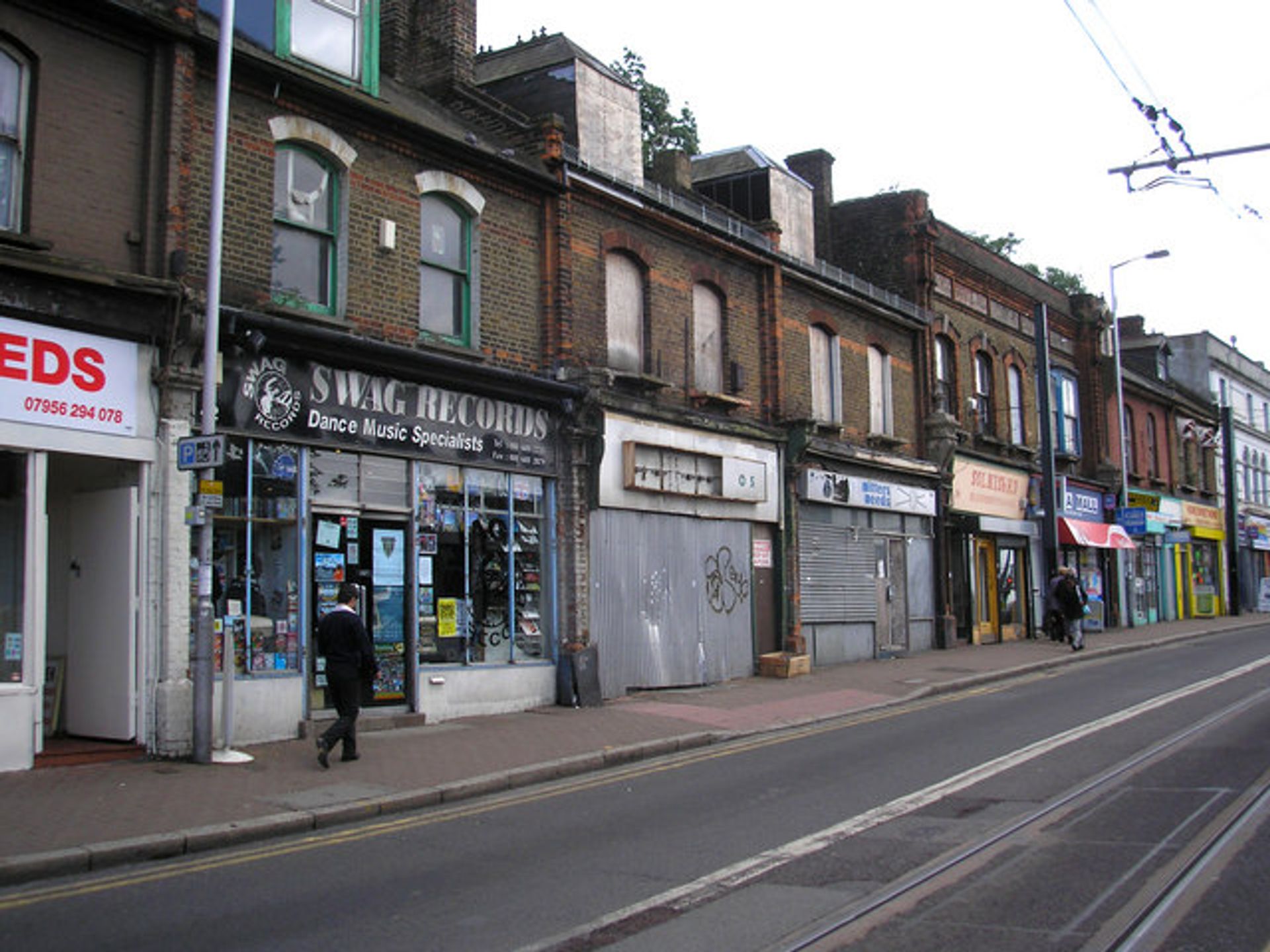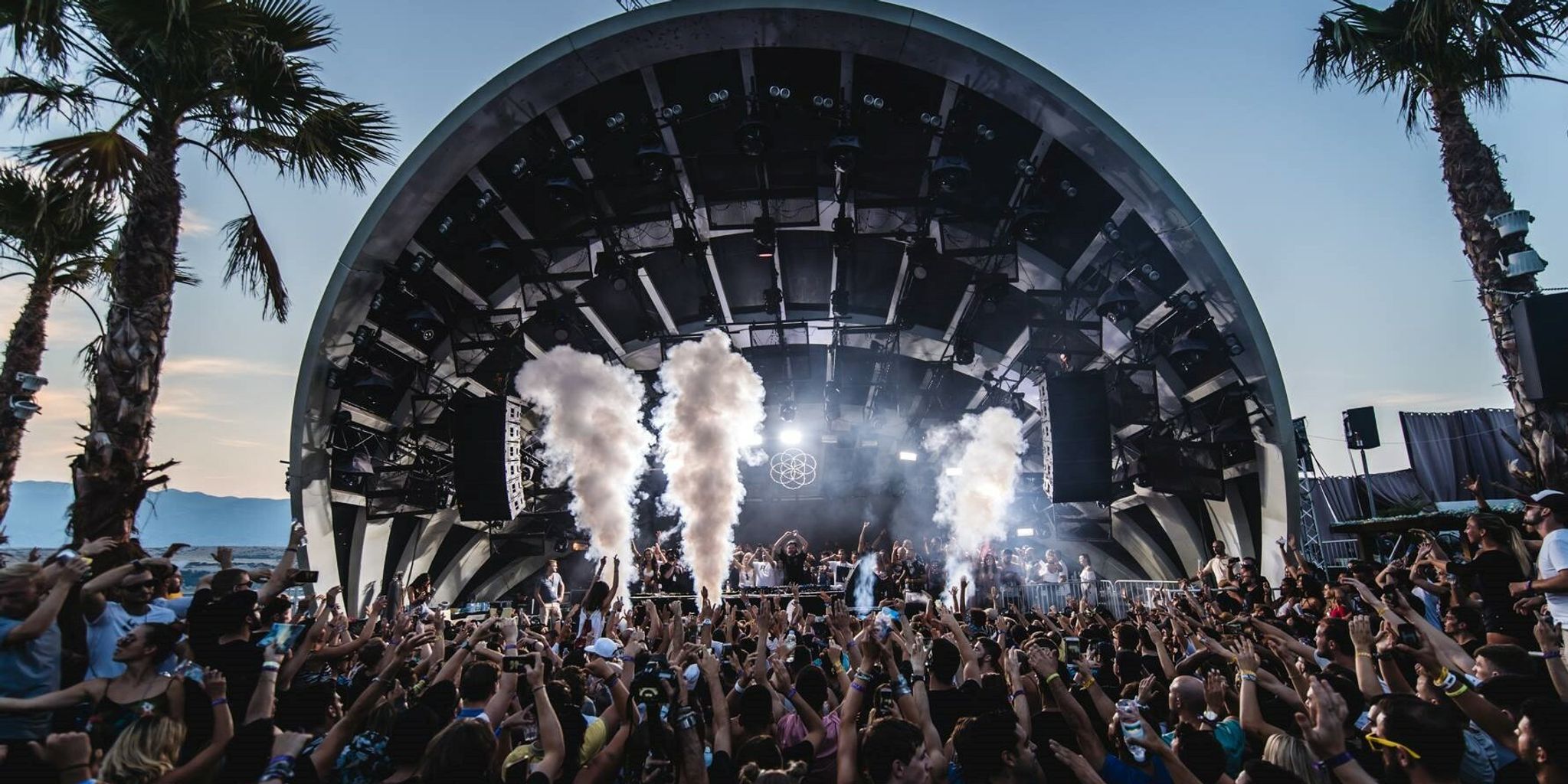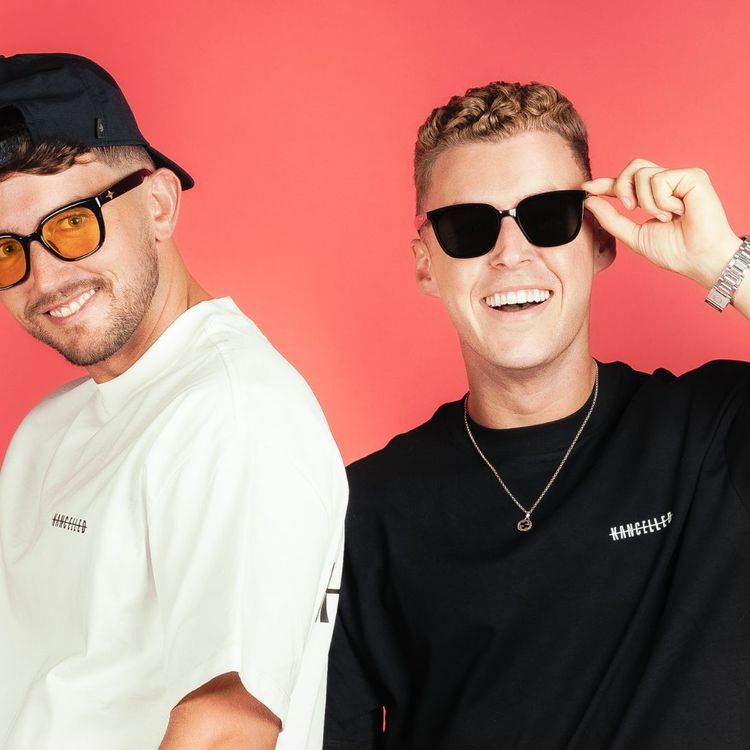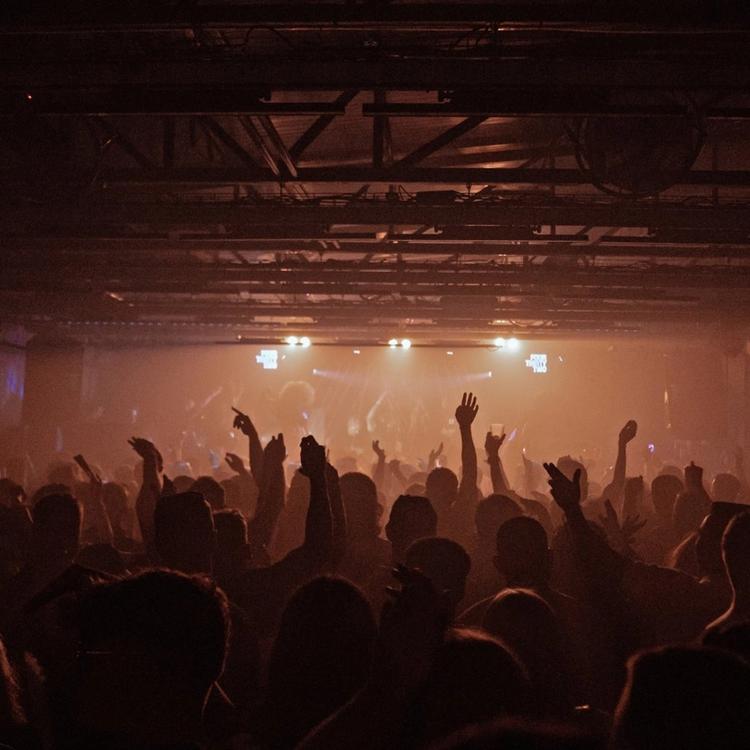The History of Tech House: Dance Music's Beloved and Derided Genre
The birth of tech house is symbolic of the tenacity of electronic music. Dance music is malleable, constantly changing, and evolving. This is the key to its decades of success.
Tech house is the warm and funky child of dance music’s most revered genres. A union formed in the ’90s, it’s evolved into the sound of mainstage dance music. Like Chicago house, it’s heavy on loops, vocals, and syncopated basslines. It adds the weight of techno’s percussion and sometimes a touch of acid from the Roland TB-303. By merging the symbolic genres of dance music, a whole new scene developed with new creative feasibility.
Where did this all begin?
Tech house was born in historic London events like The Wiggle, Heart & Soul, The End, and The Drop. The Wiggle—hosted by Terry Francis, Nathan Coles, and “Evil” Eddie Richards—spearheaded the genre’s modern moniker. According to legend Eddie Richards received a mixtape from Mr. C, a resident DJ at The Drop. One side was labeled “Tech,” and the other side “House.”

Swag Records, a record store located in Croyden, London, and owned by the late Liz Edwards adopted the term and became a hub for the burgeoning subgenre. Swag Records (which opened in 1993) had an in-house record label that birthed a litany of sub-labels that helped form the foundation for early house music. Funknose, Surreal, London Housing Benefit, Pirate Radio, and Uhuru Beats all had a hand in expanding the UK house sound.
The staff at Swag was just as vital to the proliferation of the genre. Carl Cox and Colin Dale may have been its most well-known employees. Producers and DJs like Terry Francis, Jazzy M, Archticht of French Touch, Richard Grey, and Grant Dell also served behind the counter.
Tech house steamrolled the UK scene. Chicago had house, Detroit had techno, London now had (another) unique sound that defined the dance floor. The emerging genre’s goal was to spotlight the unique local approach to DJing. UK ravers and clubbers had already responded positively to the harder edge of acid house and jungle. Tech house found the sweet spot between heavy and funky.
Labels in the United Kingdom dominated the early days of tech house and were instrumental in defining its sonic footprint. Songs like “Blue Wig” by Terry Francis and Giddy Jackson, “Loop,” by LFO and F.U.S.E. (with Richie Hawtin on editing), and “Tech House” by Mr. C are some of the greatest tracks to come from those halcyon days.
As the ‘90s ebbed into the aughts, tech house drowned under the rise of progressive house and minimal techno. It wasn’t until 2005 when the synth-based, Euro-flavored sound began to prove popular again. M.A.N.D.Y. and Booka Shade’s 2005 classic “Body Language” beautifully reflects the resurgence of the sound with deep clarity. Tech house didn't hit its stride until 2010, though.
The New Kids on the Block
Labels like Jamie Jones’ Hot Creations, founded in 2010, began to redefine and popularize tech house to the masses. Artists like Steve Lawler, Lee Foss, Miguel Campbell, Solomun, and Marco Carola were responsible for the new class of tech house. Production techniques had progressed exponentially since the early days, and dance music was at the advent of streaming, so tech house could now reach a global audience.
The summer of 2011 marked a turning point. The Jamie Jones remix of “Hungry For The Power” by Azari & III and “Around (Solomun Vox Mix)” by Noir & Haze dominated global dance floors. Even with EDM looming large in the public eye, it felt like a new beginning for tech house.
In the past decade, dozens of tech house-leaning DJs and producers have risen to prominence and become household names. As a result, Tech house has started to eclipse harder-edged EDM styles as the most popular (or hated) genre of electronic music.
Dubfire, Pan-Pot, Hot Since 82, Fisher, and John Summit are just a small sample of a much wider and diffuse scene that exists everywhere. Most global electronic festivals have some, if not the majority of, real estate devoted to tech house, as it has become the defining sound of the moment in modern electronic music.
The true legacy of tech house is, much like its original spirit, something both subtle and special. DJs reacting to audiences defined the genre. It was born in a community of dancers, DJs, producers, record shops, and promoters, created in the ashes of genres before it.
















